What are the recommendations for sterilization with the ACCESS system?
The recommendations for cleaning and sterilization are the same as it is for other instruments. After cleaning and removing all residues from the files (if possible using a magnifying glass-type optical aid), immerse the instruments in an ultrasonic bath combined with a disinfection solution. It is important to respect the classical cycles recommended by the manufacturers. Once the bath is finished, rinse with running water and dry the instruments. Then simply put them in sterilization bags and run them through one cycle in an autoclave at 134°C.
How many times can these products be used?
Access files have been developed and tested to withstand 10 uses. However, not all canals present the same difficulty, so one use is not equal to the preparation of one canal. Here is the system proposed by Access:
Preparing a relatively wide and straight canal = 1 use
Preparing a curved OR calcified canal = 2 uses
Preparing a curved and calcified canal = 3 uses
What is the operating sequence for Go-Taper?
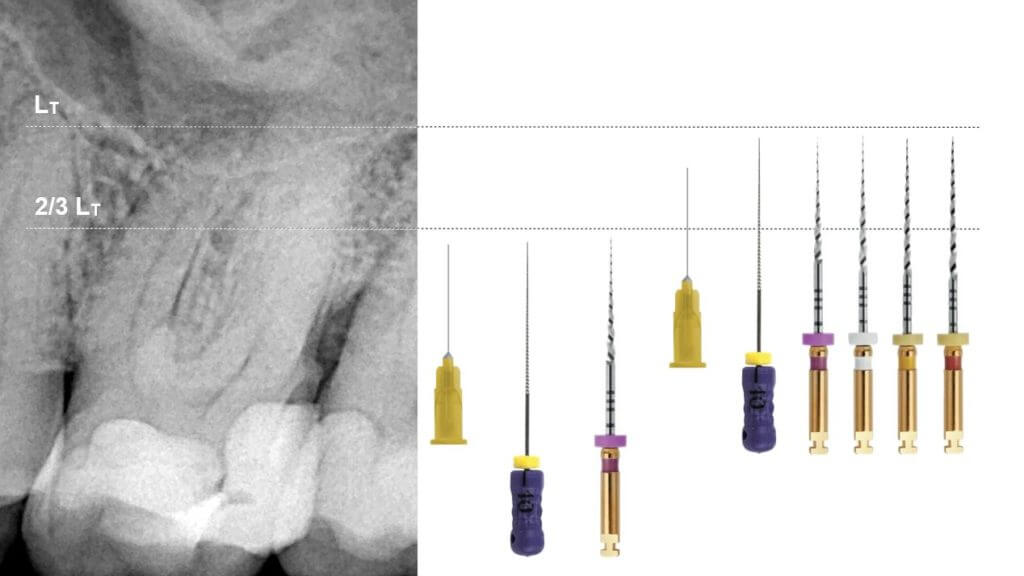
What is the operating sequence for Go-Taper flex?
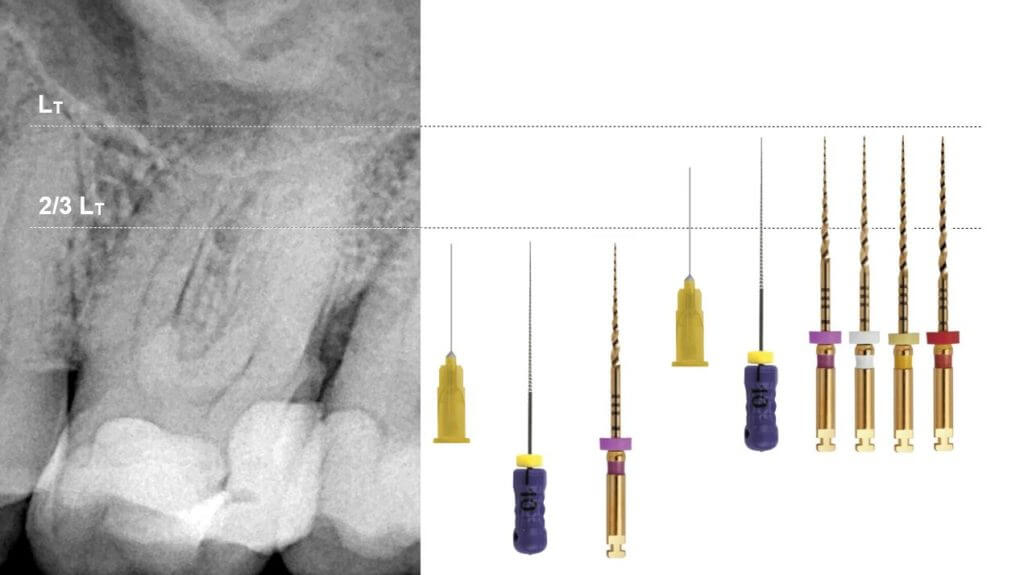
What is the operating sequence for Reverso Silver and Blue?
Reverso Silver:
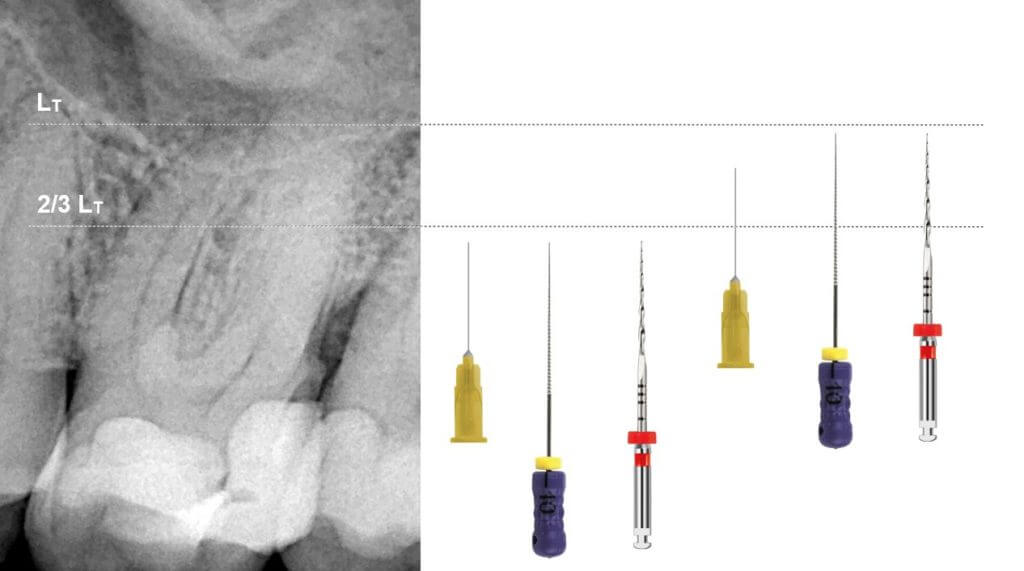
Reverso Silver in retreatment:
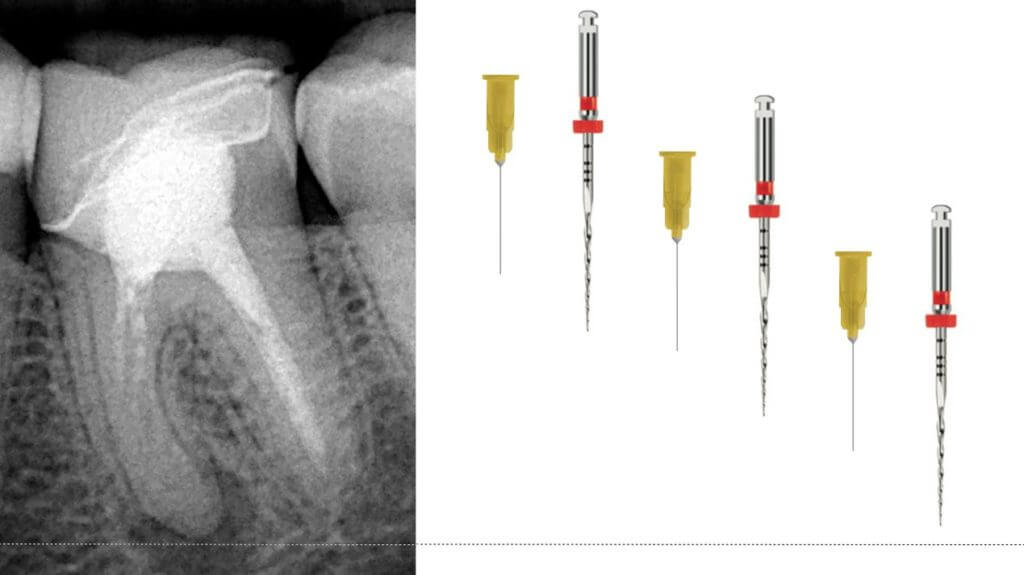
Reverso Blue:
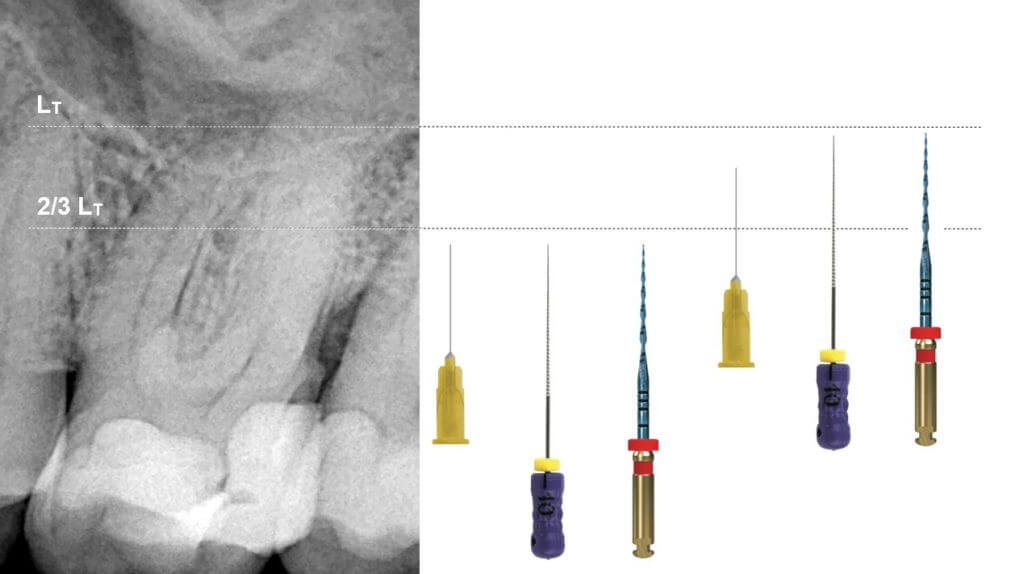
What is the operating sequence for Easy File Flex?
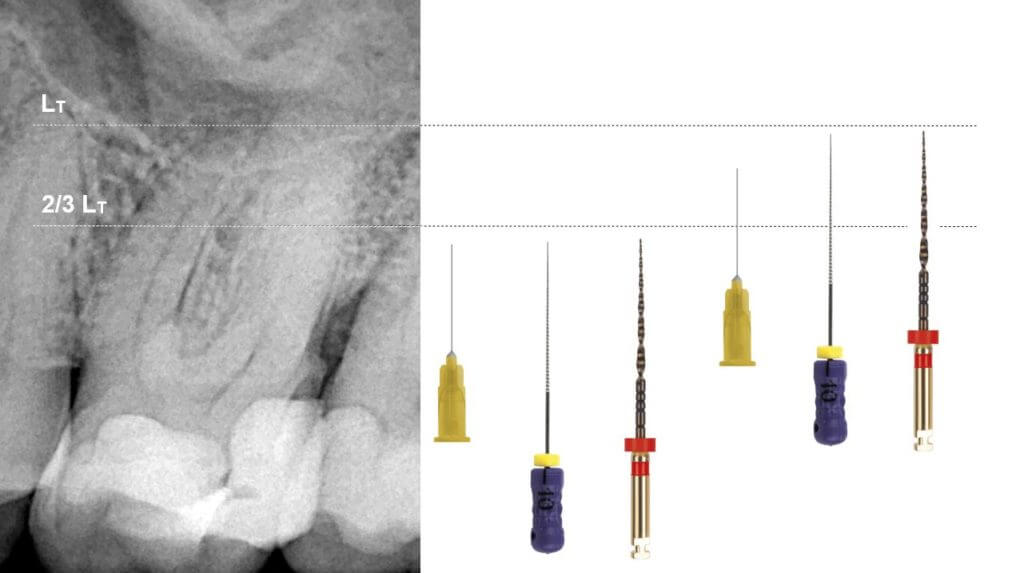
What is the operating sequence for Go-Taper Retreatment?
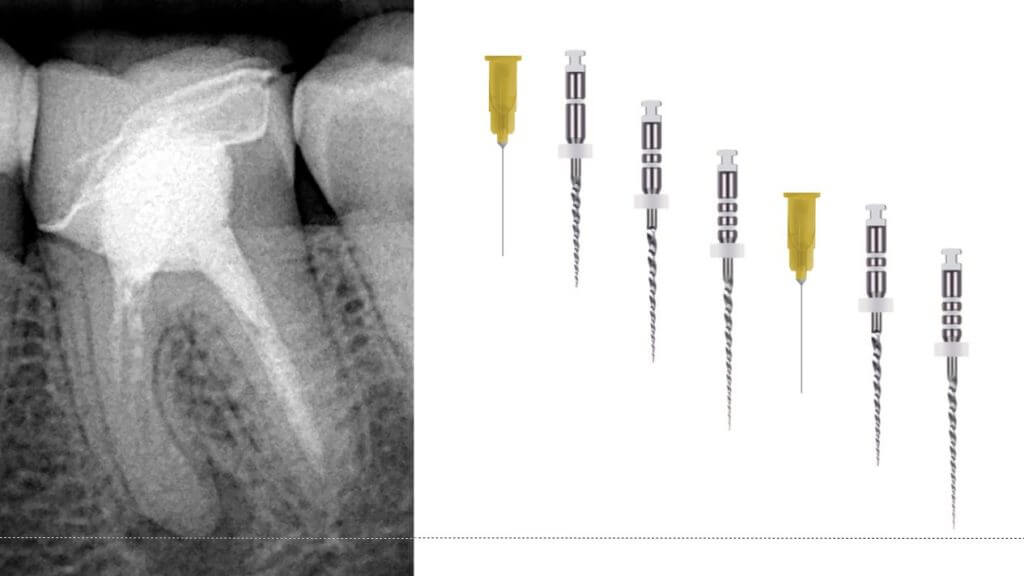
What is the operating sequence for Go-Taper Blue?
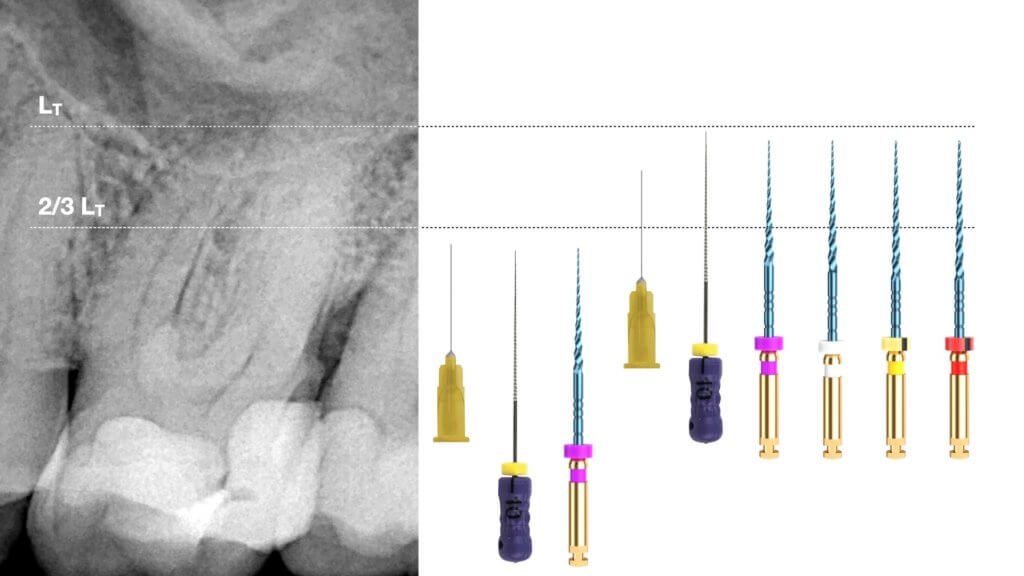
What is the operating sequence for Go-Taper X?
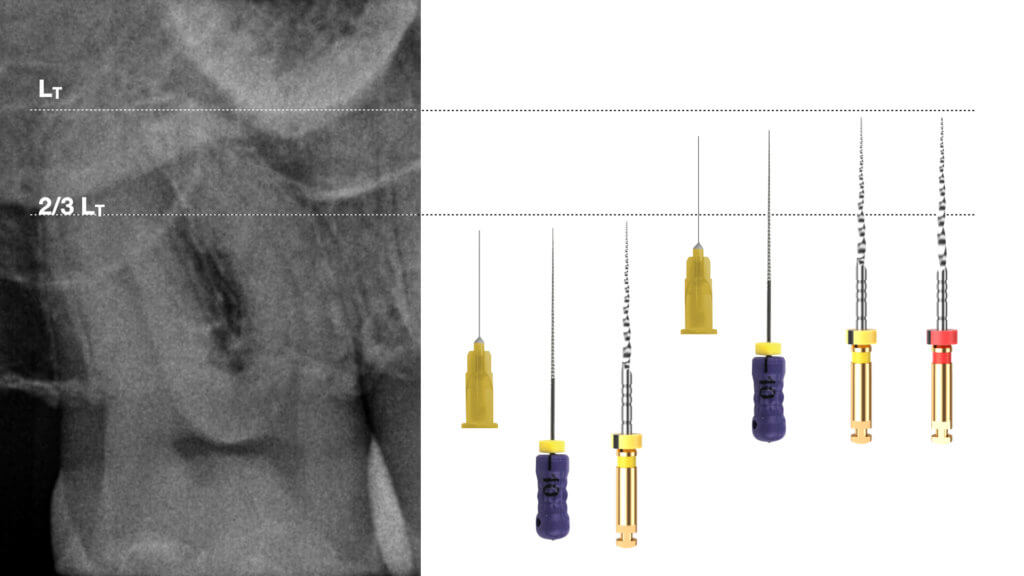
What are the motor settings for the different files?
|
CHARACTERISTICS |
ACCESS PRODUCTS |
|||||||
|
CONTINUOUS ROTATION |
ALTERNATING |
|||||||
|
GO-TAPER |
REVERSO |
EASY FILE |
||||||
|
GO-TAPER UNIVERSAL |
GO-TAPER RETREATMENT |
GO-TAPER FLEX |
GO-TAPER BLUE |
GO-TAPER X |
REVERSO SILVER |
REVERSO BLUE |
EASY-FILE FLEX |
|
|
TORQUE |
A0, A1 ➜ 5 |
2-5.2 |
A2, B1 ➜ 1.5 |
A0, A1, B2, B3, B4, B5 ➜ 3 |
2 |
3.5 |
3.5 |
3.5 |
|
A2, B1 ➜ 2 |
||||||||
|
B2, B3, B4, B5 ➜ 3 |
A0, A1, B2, B3, B4, B5 ➜ 3.0 |
A2, B1 ➜ 1.5 |
||||||
|
SPEED (RPM) |
300 |
250-300 For obturators based on Zinc oxide eugenol |
250-350 |
250-350 |
300 |
250-350 |
250-350 |
250-350 |
|
500 |
||||||||
|
GO-TWO FILES (Working part length: 16 and 21 mm) |
|||
|
CONTINUOUS ROTATION |
|||
|
TAPER |
ISO |
SPEED |
TORQUE |
|
4% |
N°10 |
250 |
1.2 |
|
N°35 |
250 |
1.2 |
|
|
N°40 |
250 |
2 |
|
|
5% |
N°15 |
250 |
1.2 |
|
N°30 |
250 |
1.2 |
|
|
6% |
N°20 |
250 |
2 |
|
N°25 |
250 |
2 |
|
|
N°30 |
250 |
1.5 |
|
|
N°35 |
250 |
1.5 |
|
|
N°40 |
250 |
2 |
|
|
7% |
N°25 |
250 |
2 |
What are the motor settings for the glider files?
|
PRODUCT |
FILES |
||||
|
TAPER |
ISO |
SPEED |
TORQUE |
TYPE OF MOVEMENT |
|
|
GO-GLIDER |
2% |
016 |
250 |
2.5 |
 |
|
PREFILE |
2% |
ASSORTI |
300 |
2 |
 |
|
013 |
|||||
|
016 |
|||||
|
019 |
|||||
|
EASY-FILE FLEX GLIDER |
2% |
015 |
300 |
4 |
|
How can I choose my system according to the tooth to be treated?
All teeth have their own endodontic system. This is why the analysis of the retroalveolar radiography is crucial for the choice of instruments. Access offers you a table summarising the choice of instrument, depending on the difficulty of the canal (curved and/or calcified) and the preparation movement (continuous or alternating rotation).
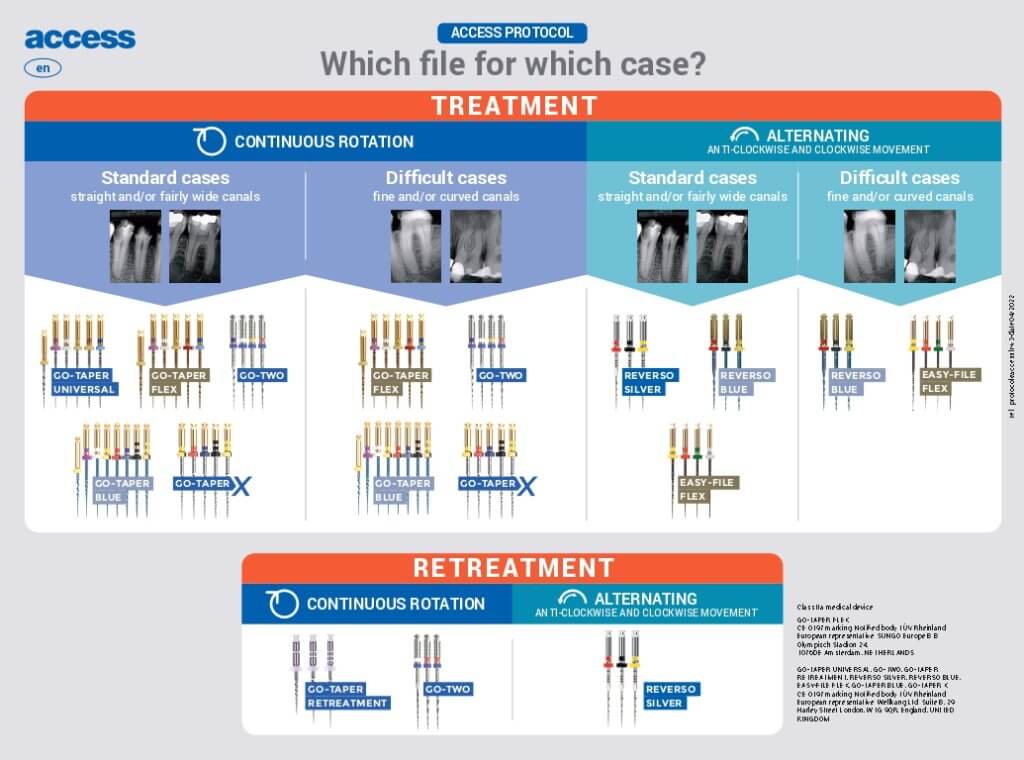
What should I do if I cannot go to my working length with an instrument?
Depending on the difficulty, it is normal not to be able to work the entire canal on the first try. In any case, do not push.
1/ Take out the file, clean the flute of any debris and rinse the canal with a sodium hypochlorite solution, then start again.
2/ If the Access file does not advance, use a manual K-File n°10 to check permeability (it is possible that a plug has formed).
3/ Predominantly use small working sequences (no more than 10 seconds in the canal), so as to always have an active instrument.
Which irrigating solution should I use when using Access files?
For mechanical preparation, it is recommended to use a sodium hypochlorite solution between 2 and 3%.
